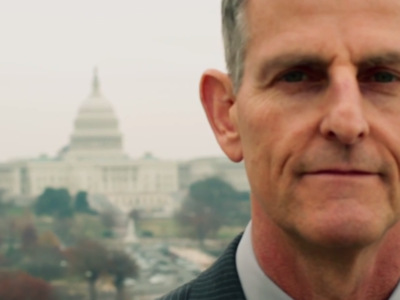This is an excerpt from Bloomberg
In August 2003, six months after the U.S. invasion of Iraq and four months into the bloody insurgency that followed, Steve Kleinman, an Air Force lieutenant colonel, arrived in the country as part of a special operations task force based out of Baghdad International Airport. A lean man with an angular face and a faintly Californian cadence, Kleinman had been an intelligence officer for almost two decades. He had questioned high-level prisoners of war during the 1989 invasion of Panama and Iraqi generals during Operation Desert Storm, and he’d run the Air Force Combat Interrogation Course. At the Baghdad airport, however, he witnessed techniques he hadn’t seen in the field. In one of the plywood-walled interrogation rooms he saw a detainee slapped in the face each time he answered a question. Outside another room was a taped-up sheet of paper with the words “1 hour sleep, 3 hrs. awake, ½ hr. on knees, ½ sitting down, 1 hr. standing, ½ hr. knees” written on it. At the bottom it read, “Repeat.”
“This was a year before Abu Ghraib. It was going on in Iraq and Afghanistan, and of course at Guantanamo,” Kleinman says. “Sometimes I got to the point where I had to literally order them to stop. Even then there was surprising blowback. People thought I was coddling terrorists.” Kleinman didn’t think of himself as soft, though, just empirical. In his free time he was an avid consumer of behavioral science research papers, and over the years he’d experimented, in an ad hoc way, with the ideas he found there.

